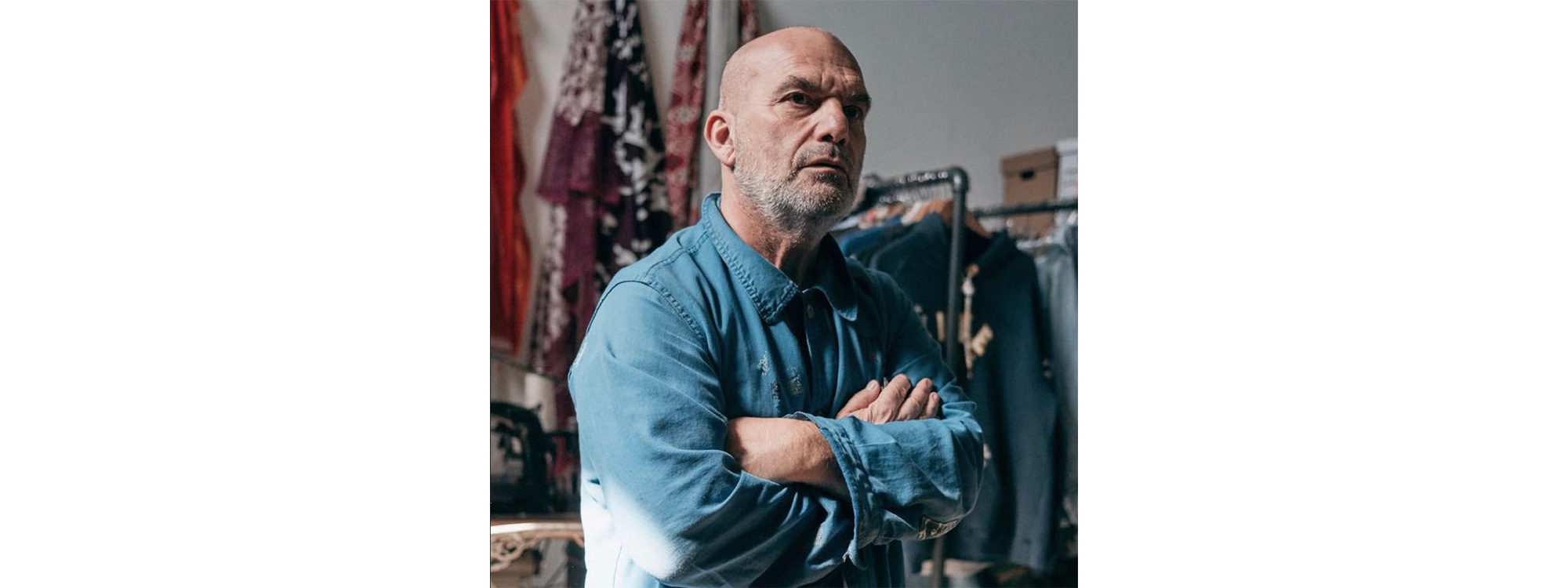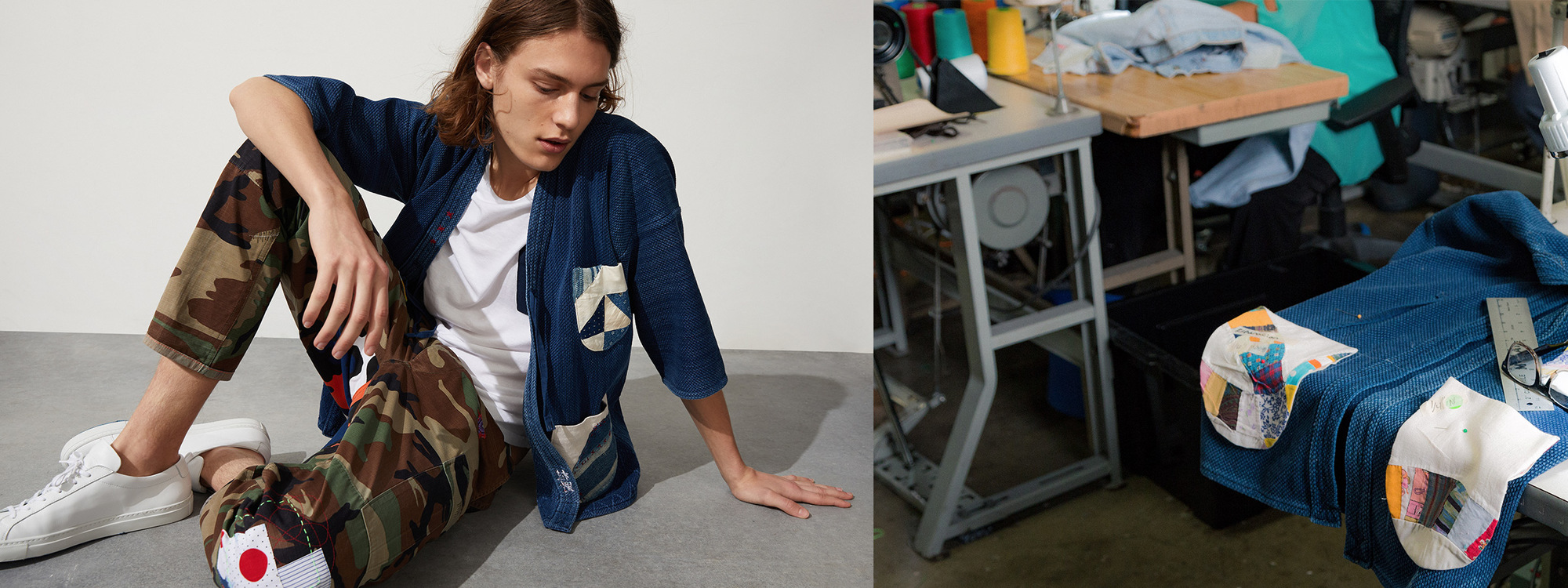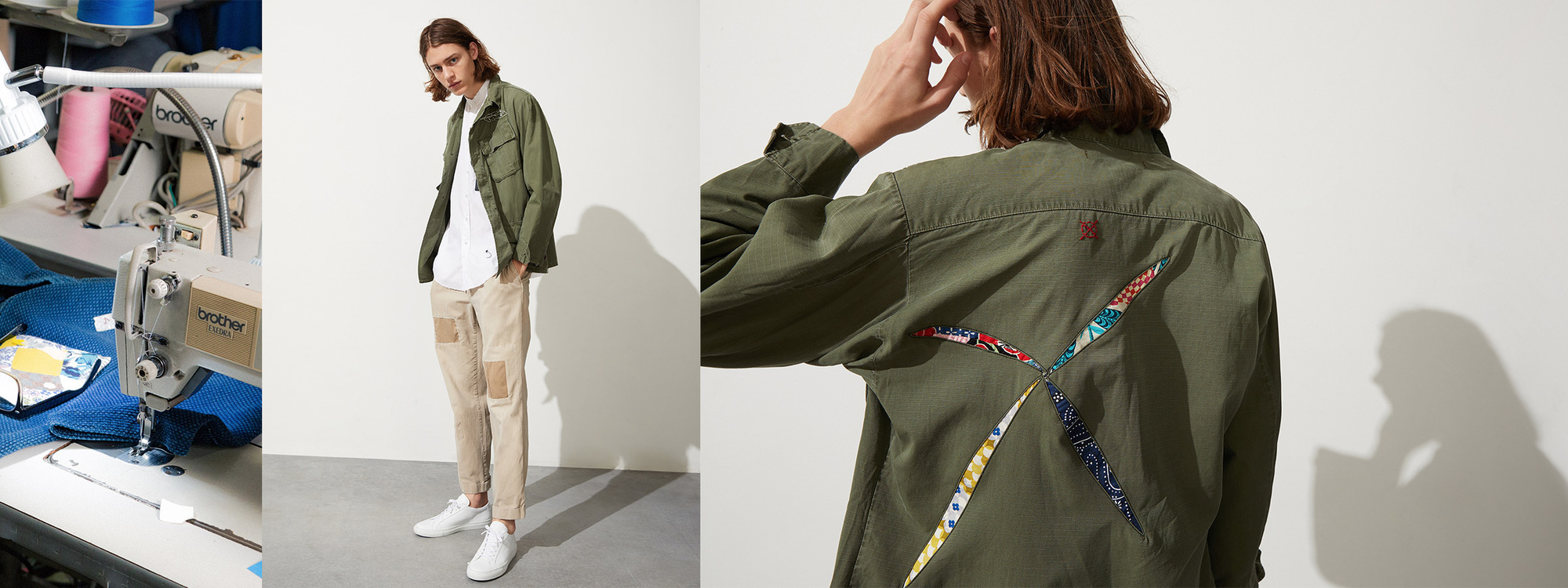THE Q&A:
MAURIZIO DONADI
Working out of Maurizio Donadi’s L.A.-based design laboratory, Atelier & Repairs provides a poetic solution to the pressing issue of overproduction. We spoke to A&R founder and industry veteran Donadi about sartorial reincarnation, working responsibly, and the beauty of one-of-a-kind.
Interview by Tyler Sparling

TS: Can you start by giving me a bit of background as to why you started Atelier & Repairs?
MD: After working at different companies for 35 years, I wanted to start something of my own but realized that the world didn’t need another brand. There are so many great designers with great brands, that I don’t need to be another one. The idea instead was to start a project around the idea of transforming what already exists rather than producing more.
TS: And what did you do?
MD: I coupled that realization with another idea, which was to use recycled textiles to transform what already exists with the basis of a one-of-a-kind. So from the beginning we were going to do the opposite of fast fashion: one item with 100,000 units that look exactly the same. So we said no, let’s add an artistic point of view to create things that look totally different from each other, because we as humans are that way–we are seven billion people and we are all different from each other.
TS: Absolutely.
MD: And our guiding principle is the same–if you can add a creative or artistic approach–an artist doesn’t want to make two of the same, right?
TS: Right.
MD: So that was the story that intrigued me: let’s make things that are unique, let’s do slow instead of fast, let’s be creative instead of efficient. Instead of doing a lot of the same let’s do less but with more soul.
“Instead of doing a lot of the same let’s do less–but with more soul.”—Maurizio Donadi
SHOP MORE:
READ MORE:
OUR PICKS

